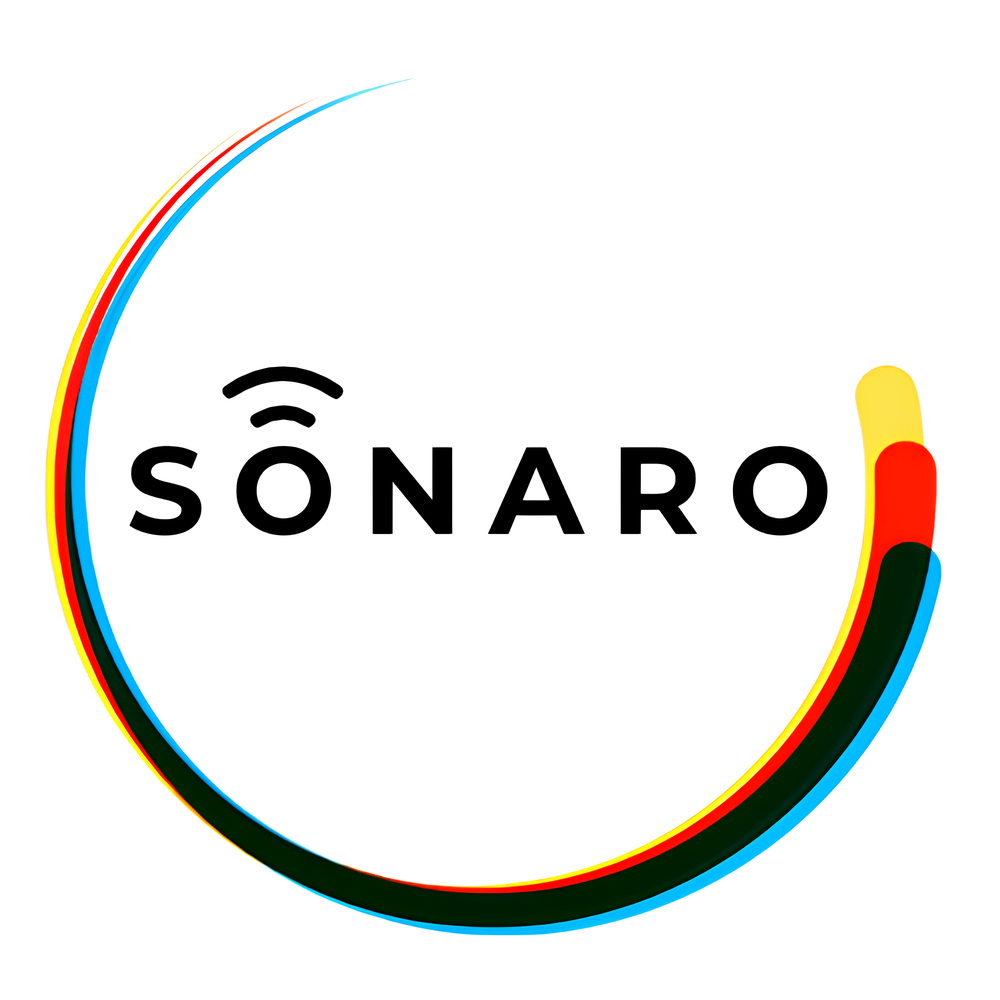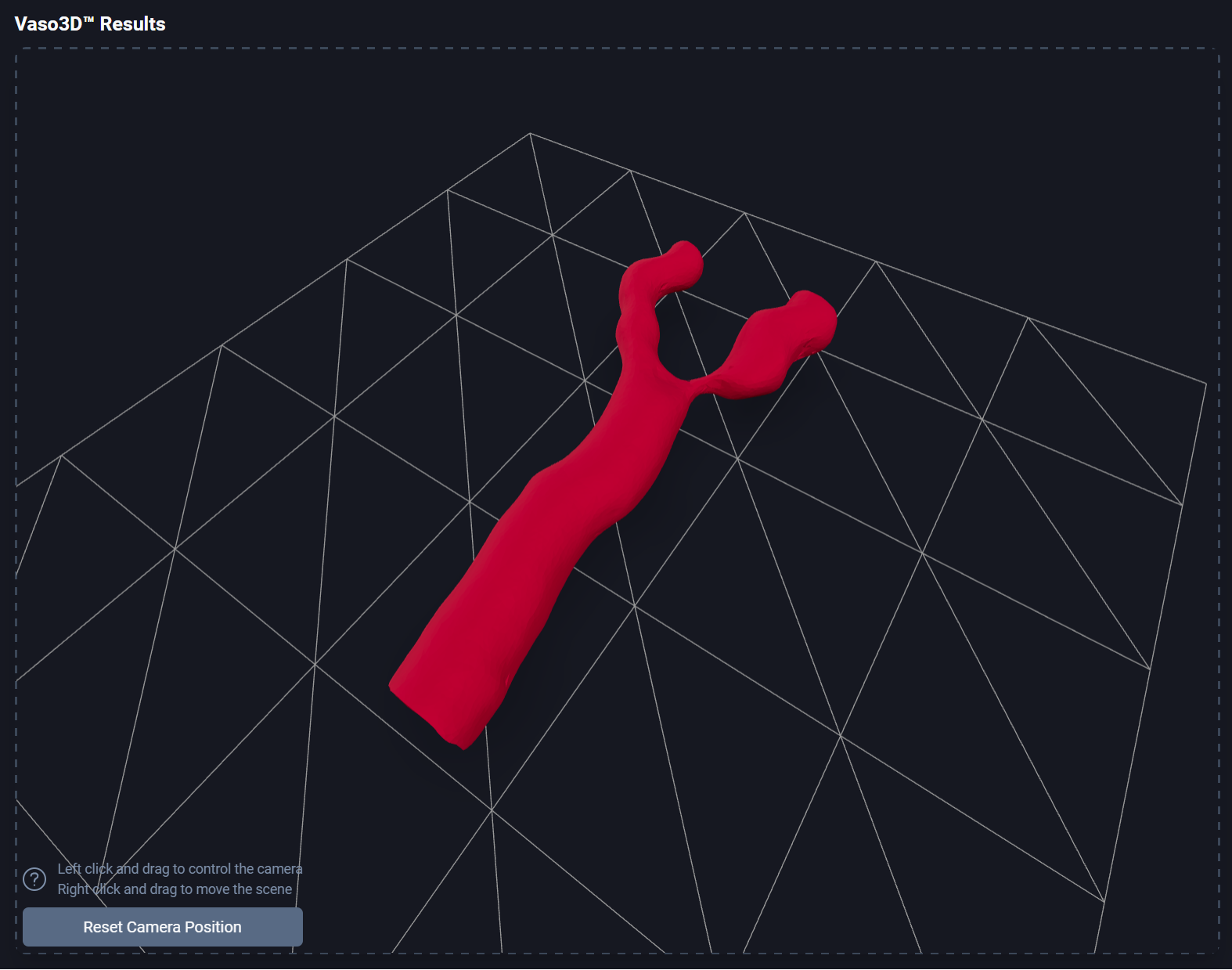
Leverage AI to transform your carotid ultrasound workflow and address the limitations of 2D imaging to revolutionize stroke risk assessment. Join the future of diagnostics today.
Learn More About Vaso3D™


Vaso3D™ is an AI-powered solution that transforms 2D ultrasound scans of the carotid artery into 3D models in a fraction of the time. Designed for diagnosing high-risk plaques and assessing stroke risk, it delivers fast, accurate results with minimal effort—seamlessly fitting into your clinical workflow.
Complete diagnostic scans in minutes rather than up to an hour. Faster results, better patient care.
Compatible with any 2D ultrasound probe, seamlessly fitting into your existing workflow.
Uses cutting-edge AI to automate 3D model analysis, identifying high-risk plaques at a 90% faster rate.
Secure cloud access for immediate results and analysis, available anytime, anywhere.
In just three easy steps, transform your traditional 2D ultrasound into a cutting-edge 3D diagnostic tool.
Perform a complete carotid ultrasound exam in under 1 minute using any standard 2D probe—with just one simple sweep along the patient's neck, replacing the need for a traditional 45-minute exam and reducing operator dependency.
Upload the ultrasound data to our cloud platform, where it is processed it into a precise 3D model of the carotid artery and any underlying vascular pathology.
Receive a detailed report with annotated 3D images and vital quantitative measurements for more accurate diagnoses of plaque severity and stroke risk.
Experience faster, more accessible vascular diagnostics with Vaso3D™. Book a demo to see it in action.